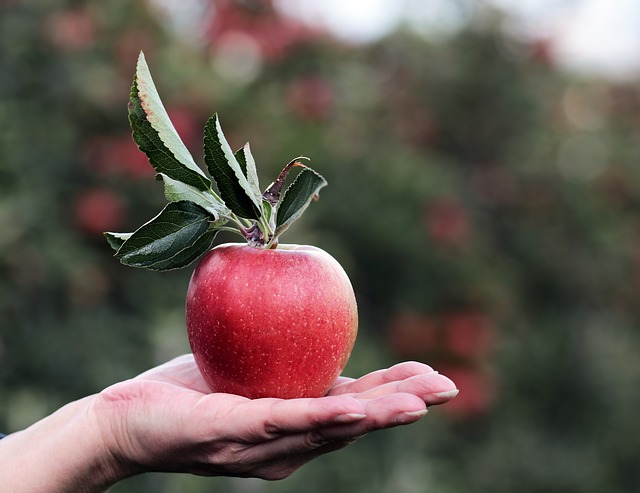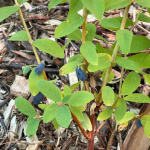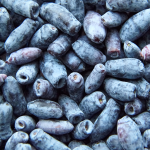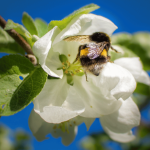What is a food forest garden?

A food forest, or food forest gardening, is
In a traditional garden, you have your vegetable, fruit trees, herbs, etc in certain plots in your garden. In a food forest garden this is flipped around completely.
In a food forest the aim is to grow your vegetables, herbs, and fruiting trees similar how they would grow in the natural world. These types of gardens are usually designed with seven different layers as opposed to a single layer you’d find in a common garden.
- the canopy, which consists of
tall fruit and nut trees, like hazelnut. - the lower tree layer, where you’ll find shorter fruit trees, pruned or dwarf variant.
- the shrub layer, like blueberries and raspberries
- the herbaceous layer, where
herbs, and leafy greens grow, like kale. - the
rhizonosphere , where root crops grow, like potatoes. - the soil surface for cover crops, like alfalfa.
- the vertical layer, which includes vines, like kiwi.
Apart from the significant benefits to the environment, the food forest benefits us in a very important way as it requires very little work when it’s established. The main idea behind this is that forests manage quite well without humans, we just need to make sure that what one plant is something that we can eat ourselves or that benefits the other plants.
This video from National Geographic illustrates the concept of a food forest garden brilliantly in my view and something that I hope to achieve. Since we don’t have a lot of land available we aim to some of this with our hugelkultur beds. I do still view hugelkultur as my initial stages to achieve my ultimate goal: the food forest. We will try to get a food forest, but I really can’t have too tall trees where I live, so unless we find a new place to live we have to keep it to a smaller scale, at least in height.
The video presented by National Geographic
Suggested Reading
Looking to improve the soil of your Food Forest Garden? Explore the benefits of Terra Preta, an ancient Amazonian soil that can significantly enhance soil fertility. Find out how to create your own Terra Preta in our detailed article




